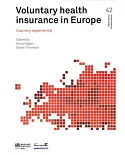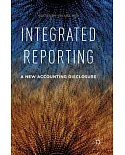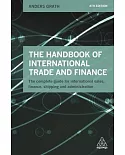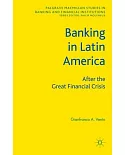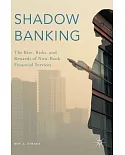Since the 1980s when the microfinance revolution began, much has been accomplished, but the field became more refined in the 1990s as a result of shifts in paradigms, strategies, and
development practices. This volume addresses the three policy objectives that now occupy those who wish to use credit as a development tool: financial sustainability of microfinance
institutions, outreach to the poor, and welfare impact.
Inevitable tradeoffs exist among these objectives, and the book advances an analytical framework that assists students of and experts in microfinance to identify the tradeoffs and synergies
at the institutional level and in the policy environment. The book features a wealth of empirical data and innovative analytical studies, and critically discusses the role of public support
for microfinance institutions (MFIs) in light of the social costs and benefits generated by such financial systems.
The book is organized into five parts. The first discusses the demand for and access to financial services by the poor, emphasizing that demand-oriented, pro-poor financial services are
crucial in reaching the poor. The second is concerned with two of the criteria used to evaluate MFIs—outreach and financial sustainability. The third features innovative econometric studies
seeking to evaluate the impact of MFIs at the household level. The fourth looks at the role of both public- and private-sector institutions in developing sustainable financial systems. And
the fifth summarizes implications for policy and research.
Given the lack of sound, empirical literature on microfinance, this volume is sure to advance knowledge and research methodology in the field.








